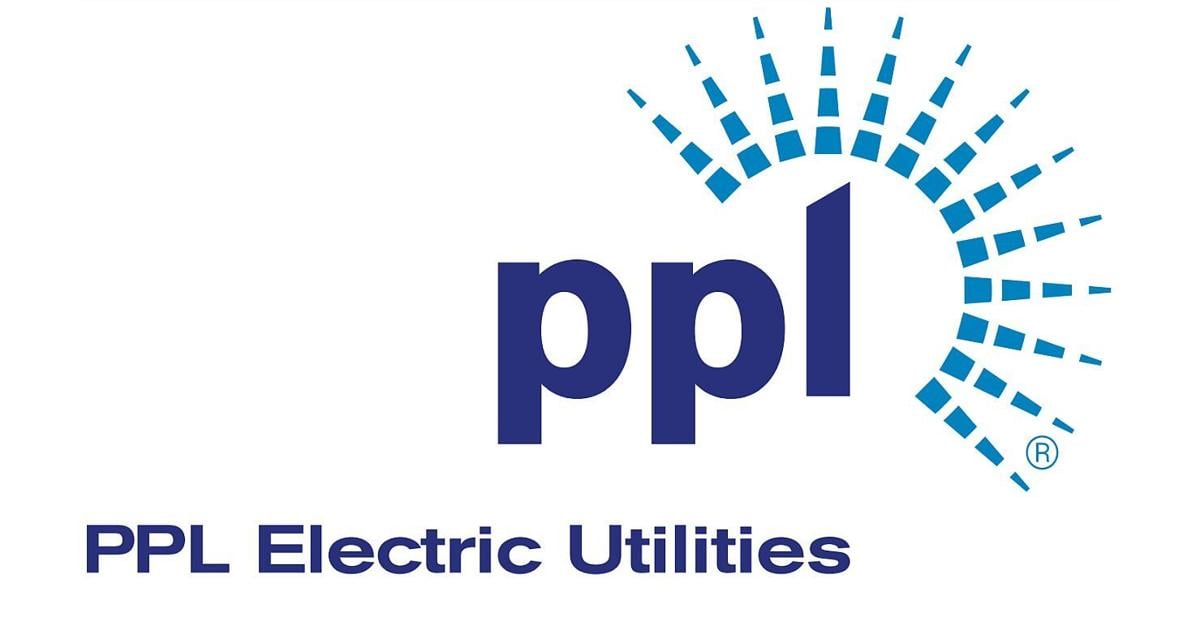ALLENTOWN, Pa. — Pennsylvania has a power problem.
Energy demand is growing, but the number of plants available to provide that power is shrinking. That imbalance in supply and demand could result in a power shortage in the not-so-distant future, while sending the rates that homeowners and business owners pay even higher.
It’s a top concern for PPL Electric Utilities in 2025, the company’s president, Christine Martin, told 69 News during a recent, wide-ranging interview, in which she discussed highs and lows over the past year, as well as priorities for the months ahead.
PPL Electric Utilities president Christine M. Martin
Courtesy PPL
First, a little background.
Allentown-based PPL Electric, a subsidiary of PPL Corporation, was founded in 1920 and now serves about 1.5 million customers in 29 counties in eastern and central Pennsylvania. It’s listed at #451 on the Fortune 500 list and has a market capitalization of about $25 billion.
Martin was named president of the utility in October of 2023.
Now, back to that power problem.
How did we get here?
PJM (Pennsylvania-New Jersey-Maryland Interconnection), headquartered in the Valley Forge area, is what’s known as a regional transmission organization (RTO). It manages the electric grid for all of Pennsylvania and New Jersey, as well as 11 other states (or at least parts of those states), and the District of Columbia.
PJM coordinates the movement of electricity from generators to utilities, like PPL, which then distribute the power to customers. Every year, PJM holds a capacity auction, where generators submit bids indicating the price they are willing to accept to provide capacity. Those auction results then set the capacity prices for the delivery year.
At the last capacity auction in July of 2024, “We saw prices increase about 800 percent or more,” Martin said. “That’s billions of dollars that customers are paying.”
Pennsylvania Gov. Josh Shapiro filed a complaint with the Federal Energy Regulatory Commission (FERC) against PJM in December, criticizing PJM’s auction process and its capacity model. Shapiro also accused PJM of not allowing new power plants to request connection to its grid.
But PJM blamed the problem on state and federal policy decisions that are pushing generators to retire prematurely. It also raised concerns about keeping up with demand in the wake of rapidly growing data center construction. According to a report PJM released in 2023, up to 40,000 megawatts of existing generation could retire as soon as 2028 without replacements at the ready. PJM has warned that a capacity shortage could affect its system as early as the 2026/2027 delivery year.
In January, Shapiro announced a settlement with PJM to lower the capacity auction price cap from over $500/megawatt-day to $325/megawatt-day, meaning the cost of buying one megawatt of electricity for a single day is capped at $325.
Shapiro’s office said the deal will save consumers over $21 billion over the next two years.
‘More needs to be done’
In response to the settlement, Martin said PPL appreciates Governor Shapiro’s recognition that urgent action to address inadequacies in the PJM capacity market is needed, and his efforts to mitigate capacity auction price spikes.
But, she continued, more needs to be done to build new generation to replace retiring generation and to meet the dramatic increase in the demand for electricity.
“PPL Electric Utilities is advocating for updated state energy laws to ensure reliable energy at a reasonable cost for Pennsylvanians,” Martin said.
Under current law, regulated electric utilities in Pennsylvania own and operate the poles and wires that deliver electricity to customers, but cannot own and operate electric generation assets, such as power plants or renewable resources. That needs to change, according to Martin.
If that restriction was to be removed, regulated electric utilities (like PPL) could invest in generation resources, “up to and including owning” those resources again, Martin wrote in a recent op-ed. “We believe Pennsylvania must take charge of its energy future rather than being wholly reliant on a regional market and merchant generators to deliver critical generation resources,” she said.
In 2015, PPL spun off its non-regulated energy generation business as a separate entity that became Talen Energy.
Economic development
Martin said PPL Electric renewed its commitment to economic development in 2024: “We have mobilized a dedicated team of professionals internally to drive economic development, support expansion of existing business as well as attract new business.”
Power-hungry data centers are expected to be a part of that equation. Last year, PPL Corporation CEO Vincent Sorgi said PPL had signed deals to add more than three gigawatts of data center capacity in Pennsylvania. He said each of the centers would require between $50 million and $150 million in capital investments from PPL signed agreements.
It’s not just data centers, though. “We have had a number of new business inquiries in existing company expansions, particularly in late 2024 and heading into this year,” said Martin.
At the time of the interview, Martin was unable to share more specifics about projects. But earlier this month, Louisville Gas and Electric Company, a subsidiary of PPL Corporation, announced its first hyperscale data center electric customer. The 400-megawatt facility is being built on a 153-acre campus in Louisville and is expected to be up and running by the end of 2026.
Severe weather
Martin cited severe weather as one of the biggest challenges for the company in 2024. PPL Electric’s coverage area was hit with 36 storms, with three ranked in the 30 all-time worst storms for the company, Martin said.
But heavy winds and rain aren’t always the problem. In November, extremely dry weather helped a brush fire eat its way through some 600 acres on Blue Mountain in Northampton County. “We mobilized our emergency response efforts very quickly and immediately were able to respond with emergency personnel to that wildfire,” Martin said.
Coincidentally, PPL Electric held a company-wide wildfire drill just a few months prior to the fire. “This is something that we have focused on, that we drill, so we have quick and effective actions whenever we have any kind of emergency that we need to respond to,” Martin said.
Focus on safety and customer service
PPL Electric continued to make improvements to its grid in 2024, trimming trees and limbs along 300 miles of power lines, and removing more than 2,000 trees as part of its vegetation management plan. Tree-related issues are the number one cause of outages in storms.
The company also strengthened distribution lines with stronger poles and wires that can better withstand foul weather, and added smart grid applications that help them isolate trouble and reduce outages. Last year, those smart grid investments helped PPL reach a new milestone: the prevention of more than two million outages since 2015.
On the customer service front, in 2024 107,000 PPL customers were enrolled in low-income programs to get financial assistance. “That represented more than $132 million dollars in assistance,” Martin said. Also, customers saved some 370-million-kilowatt hours of electricity through efficiency programs.
Fourth quarter earnings
PPL Corporation will release its fourth quarter earnings for 2024 on Thursday, February 13. In November 2024, the company reported third quarter earnings (GAAP) of $214 million, or $0.29 per share, compared with third-quarter 2023 reported earnings of $230 million, or $0.31 per share.
Also, the company reaffirmed its projection of 6% to 8% annual earnings and dividend growth through at least 2027.
Shares of company stock (NYSE: PPL) were trading above $33.40 at the end of last week; that’s near the top of their 52-week range.
On Jan. 2, PPL paid a quarterly stock dividend of $0.2575 per share.

